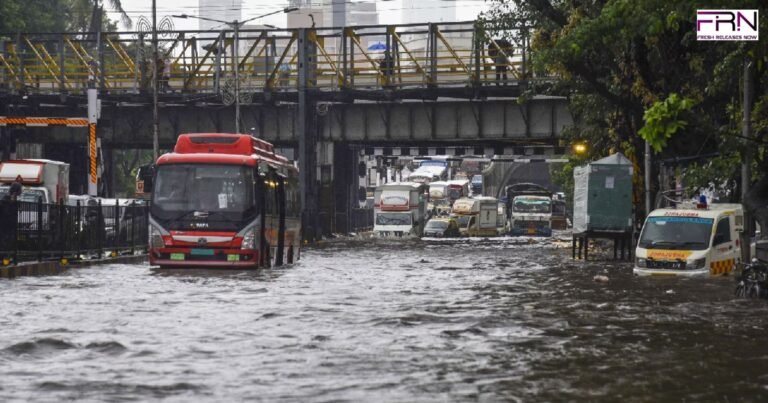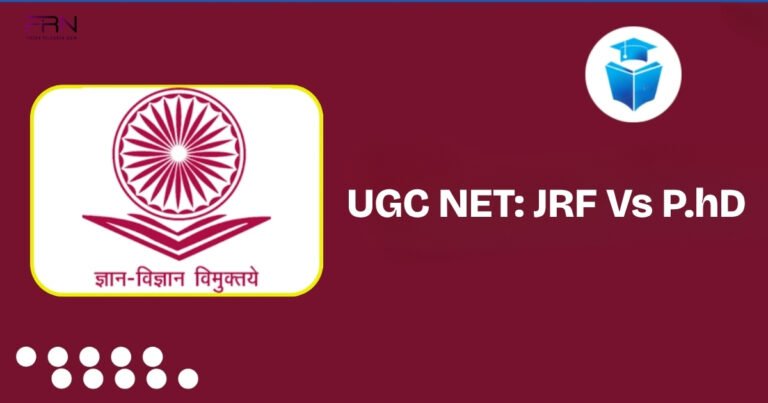
It has been 6 years of Covid-19 and the nation has not even fully recovered from the damage it has done. And from May of 2025, India is witnessing a resurgence in COVID cases. More than 1000 cases have already been registered nationwide, including in cities like Mumbai, Chennai, Delhi, and more.
Kerala has been reported to have the highest number of active cases of Covid, which is 430. Whereas Maharashtra followed with 209, and Delhi has 104 active infections. But why and how did Covid make a re-entry in India? What is the new variant and the symptoms? Let’s find out.
The New Variants
The new sub variants of Covid recently detected in India are named as N.B.1.8.1 and LF.7.
N.B.1.8.1 was first identified in Tamil Nadu in April 2025, whereas four cases of LF.7 were found in Gujarat in May 2025. Both variants are classified by the World Health Organization (WHO) as “Variants Under Monitoring” (VMUs).
This means the variants are not yet considered as variants of concern. However, the variants have been linked to the recent increase of Covid-19 in other parts of Asia. It is also predicted that the new variant of the virus might have higher transmissibility or some changes in behavior compared to older strains. Though the symptoms have remained mild till now.
Closer Discussion of the Variant
Considering the new subvariant NB.1.8.1, it has the nature of carrying spike protein mutations that might enhance its ability to attach to human cells, potentially increasing transmissibility. It has been identified as a dominant strain in recent waves.
Whereas the other variant, LF.7, detected in Gujarat, is also similar to NB.1.8.1, exhibiting increased transmissibility but causing primarily mild symptoms.
Symptoms of Covid New Subvariant
There are many symptoms overlapping with previous Covid-19 variants, yet it acquires some unique clinical features:
1. Low-Grade Fever: Unlike the high fevers seen in earlier infections, these new variants cause mild but lingering fevers.
2. Gastrointestinal Issues: Patients have reported symptoms such as diarrhea, nausea, and abdominal discomfort.
3. Extreme Fatigue: Patients experience a sense of tiredness and muscle weakness that lasts for several weeks.
4. Upper Respiratory Symptoms: People are experiencing runny noses, sore throats, and headaches.
5. Anxiety and Sleep Disturbances: Some of the individuals have experienced increased anxiety levels and trouble sleeping.
Preventive Measures for Considerations
As per the health authorities, people need to take precautions without panic. For which the key recommendations are
- Wear masks whenever heading outside or being in a crowded place.
- It is time to practice regular hygiene through handwashing and respiratory etiquette.
- Monitor symptoms by seeking medical advice if symptoms persist beyond two days.
- Also look out for vaccinations if available.
The central government has issued advisories to state governments, urging adequate health arrangements and increased surveillance.
Conclusion
The new variants of Covid-19 are already affecting numerous people all around India. As per the current evidence, symptoms include milder illness and the increased transmissibility increases the public health vigilance. Therefore, the time has come where we need to adhere to the recommended precautions and stay informed to control the situation.
If everyone starts taking the situation seriously, it will be easier to control the virus and prevent it from spreading. After all, normal citizens are also responsible for performing acts of safeguarding public health.



